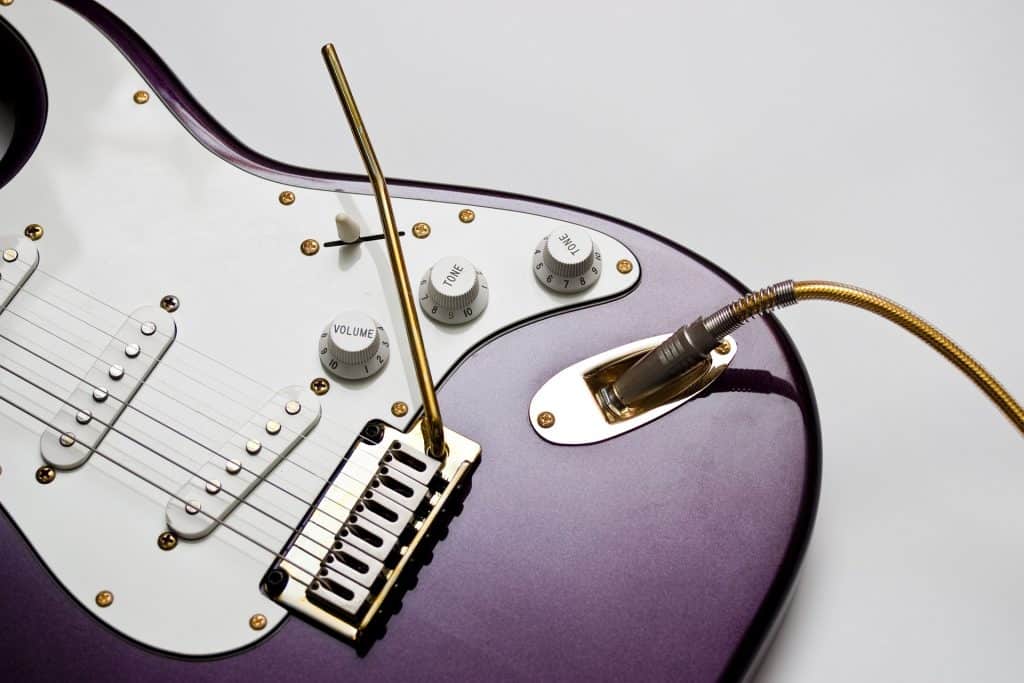History of Guitar:
Did you ever think about who invented the guitar? Of course, no one has time to think about such questions. Life is so busy, and new inventions are taking us into an entirely new modern era. But it doesn’t mean you don’t have the right to trace back the history of your favorite instruments. Well, in the music world, the guitar is one of the ancient instruments. From ancient Greeks to Persians and Egyptians, everyone has used the guitar as a source of entertainment. But the question is who invented the acoustic guitar. Well, we have to travel back to the origin of humanity to find the answer to this question.
The Ancient Guitars
In ancient times, storytellers and singers used stringed instruments. They were known as “bowl harps,” which then evolved into another complex instrument “tanbur.” Ancient Greeks used the instrument named the kitharas, whereas the Persians version was known as the “Chartars.”
How Old Is the Guitar?
The oldest guitar-like instrument is available at the Museum of Egyptian Antiquities in Cairo. The history of this ancient guitar is traced back to about 3,500 years. It is said that the instrument belonged to the Egyptian court singer Har-Mose.
Origin of Modern Guitar
Dr. Michail Kasha (1920-2013) was a teacher, chemist, and physicist, who was one of the greatest guitar lovers. He used to travel around the world to trace the history of the guitar. He said that the modern guitar was invented from the harp-like instruments used by ancient cultures. In fact, it was Kasha’s research that helped historians to trace back the history of the guitar. We can define a modern guitar as a musical instrument featuring a flat-backed rounded body with a narrow shape in the middle and a long fretted beck with the six strings. The origin of the Guitar is from Europe.
Classic Acoustic Guitars
In 1850, a Spanish guitar manufacturer Antonio Torres Circa invented the Classical Acoustic Guitar. He enhanced the guitar body size, altered the proportions, and also designed the fan top bracing pattern.
Bracing refers to the internal pattern of the wood reinforcements that are used to prevent the guitar’s top and back. It also secures the guitar from collapsing under tension. The bracing is a crucial aspect that plays a vital role in how a guitar sounds.
The design of Torres not only improved the guitar volume but also the tone and project of the instrument. Do you know it is still unchanged?
At the same time, Torres started to make his breakthrough fan-braced guitars in Spain. Germans immigrants to the United States had started manufacturing guitars with X-braced tops. The X-braced style is attributed to the Christian Frederick Martin.
In 1830, Martin manufactured the first guitar, which was used in the United States. In 1900, steel strings appeared on the scene, and since then, X-bracing has been the popular style. It was Torres’s efforts that we are enjoying the best acoustic guitars in the modern age.
The Electric Guitar Era
A legendary musician George Beauchamp was playing the guitar in the late 1920s when he realized that the acoustic guitar was very soft to project in the band settings. Eventually, he got an idea to electrify the instrument and amplify the sound. Beauchamp was working with his partners Adolph Rickenbacker and Paul Barth. These three men invented an electromagnetic device with the ability to pick up the vibrations of guitar strings and then convert them into an electrical signal. These signals were then amplified and played through the speakers. The first electric guitar was invented, and now we have this music in the best possible shape.


